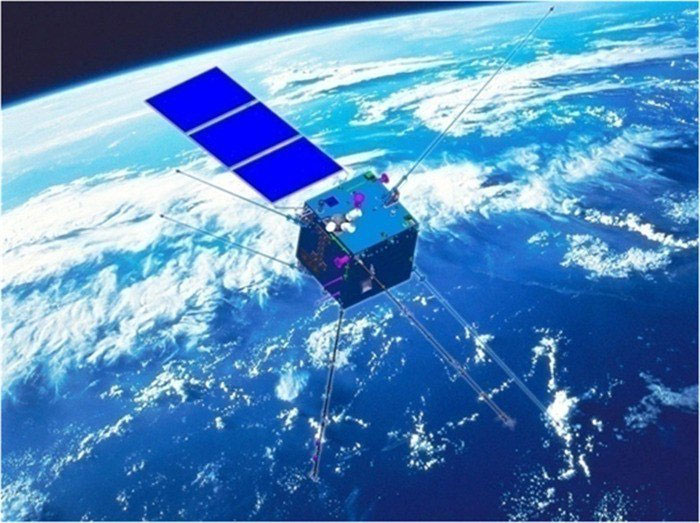Russia - China 'enchantment' atmosphere
China and Russia are experimenting with a controversial technology to modify the atmosphere's ionosphere.
According to the South China Morning Post, in June 2018, scientists from the two countries conducted a total of five trials at the facility to heat the atmosphere of Sura in the town of Vasilsursk - Russia.
Of these, the experiment on June 7 took place at an altitude of 500km in the sky, the town of Vasilsursk gave birth to 10 times more negatively charged subatomic particles than the surrounding areas, disturbing an area of 126,000 km2.
In another experiment on June 12, the temperature of the thin layer of gas on the ionosphere increased by more than 100 degrees Celsius due to the movement of electrons released from Sura. Using a high-energy antenna system, the facility fired high-frequency radio waves into the atmosphere, with maximum energy up to 260 Megawatt, powerful enough to light a small city.
At the same time, the electric observation satellite from China's Zhang Heng-1 collects data using a state-of-the-art sensor system. The results are "very satisfying" - the team confirmed in a report published in the journal Planet and Planet Physics (China).

Electromagnetic observation satellites from China's Zhang Heng-1 collect data from space through a modern sensor system.(Photo: SCMP).
The ionosphere is capable of reflecting radio waves as a mirror, allowing radio signals to revert and this is used to develop communications technology, including submarine communications.
For many decades, many countries have been racing to develop the ionosphere control technology. Changing the ionosphere in enemy territory can interrupt, even cut off their satellite communications.
In the 1990s, the US military built a larger facility than Russia's Sura in Gakona, Alaska state, to conduct similar tests.
Many experts worry that these facilities can be used to change the weather or cause natural disasters such as tornadoes, storms and earthquakes. Some experts also warned that ultra-low frequency waves released from these facilities could affect the brain.
- The atmosphere in China is increasingly dirty
- Russia and China cooperated to explore Mars
- Russia and China cooperate to study the moon
- China is about to
- Russia - China cooperates to explore the Moon
- Mysterious flashes in the sky of Russia
- Earthquake shook China-Russia-Korea
- China - Russia builds a floating nuclear power plant
- Video: Meteorite plunges into eastern Russia and explodes
- China and Russia jointly explore Mars
- China will soon surpass Russia in the number of satellites operating in orbit
- Russia successfully launched 9 satellites
 Van Allen's belt and evidence that the Apollo 11 mission to the Moon was myth
Van Allen's belt and evidence that the Apollo 11 mission to the Moon was myth The levels of civilization in the universe (Kardashev scale)
The levels of civilization in the universe (Kardashev scale) Today Mars, the sun and the Earth are aligned
Today Mars, the sun and the Earth are aligned The Amazon owner announced a secret plan to build a space base for thousands of people
The Amazon owner announced a secret plan to build a space base for thousands of people